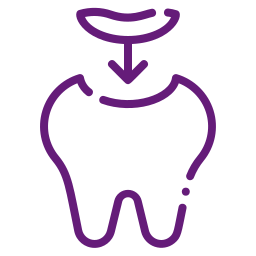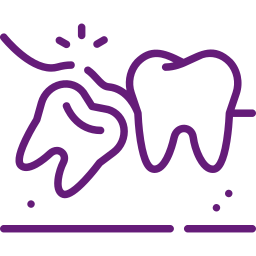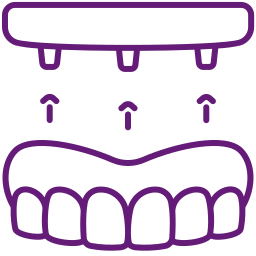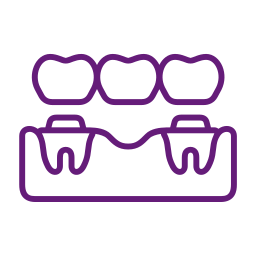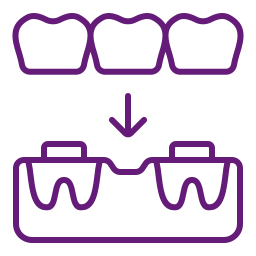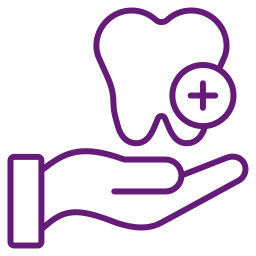Dental Aligners
Introduction to Dental Aligners
Dental aligners have revolutionized orthodontic treatment, offering a discreet and comfortable alternative to traditional braces. These custom-made, clear trays gradually shift teeth into their ideal position without the need for metal brackets or wires. Dental aligners are becoming a preferred choice for individuals seeking an effective yet aesthetically pleasing solution to teeth alignment issues.
What Are Dental Aligners?
Dental aligners are transparent, removable orthodontic devices used to straighten misaligned teeth. Made from medical-grade plastic, they are custom-designed for each patient to ensure precise alignment. Unlike metal braces, dental aligners do not require brackets or wires, making them a convenient and nearly invisible option for orthodontic treatment.

Talk to our Specialist
Types of Dental Aligners
There are different types of dental aligners available based on material and brand, including:
- Clear Aligners: The most common type, made of transparent plastic, offering an almost invisible appearance.
- Thermoplastic Aligners: These aligners use advanced thermoplastic material for improved durability and comfort.
- Self-Ligating Aligners: Designed to adjust automatically, reducing the need for frequent orthodontic visits.
Difference Between Traditional Braces & Clear Aligners
| Feature | Traditional Braces | Clear Aligners |
|---|---|---|
| Material | Metal or ceramic brackets with wires | Transparent medical-grade plastic |
| Appearance | Visible | Nearly invisible |
| Comfort | May cause irritation due to metal components | Smooth and comfortable |
| Maintenance | Requires frequent orthodontic visits | Minimal maintenance required |
| Food Restrictions | Avoid sticky and hard foods | No restrictions as they are removable |
| Treatment Duration | 1-3 years | Similar or slightly faster than braces |
Symptoms Indicating the Need for Dental Aligners
If you experience the following issues, dental aligners may be the right solution for you
– Difficulty in chewing due to misaligned teeth
– Speech problems caused by spacing or bite issues
– Jaw discomfort or pain
– Frequent biting of the tongue or inner cheeks
– Uneven wear on teeth due to improper alignment
– Speech problems caused by spacing or bite issues
– Jaw discomfort or pain
– Frequent biting of the tongue or inner cheeks
– Uneven wear on teeth due to improper alignment
What Problems Can Dental Aligners Fix?
Dental aligners are effective in treating various orthodontic issues, including:
– Crowded teeth Teeth that overlap due to lack of space.
– Gaps between teeth Extra spaces caused by missing teeth or improper growth.
– Overbite When the upper teeth excessively overlap the lower teeth.
– Underbite When the lower teeth extend beyond the upper teeth.
– Crossbite When the upper and lower teeth do not align properly.
– Gaps between teeth Extra spaces caused by missing teeth or improper growth.
– Overbite When the upper teeth excessively overlap the lower teeth.
– Underbite When the lower teeth extend beyond the upper teeth.
– Crossbite When the upper and lower teeth do not align properly.
Procedure for Dental Aligners
- Consultation & Evaluation: A dentist or orthodontist assesses your teeth alignment and recommends the best treatment plan.
- Digital Scanning & Impressions: Advanced 3D imaging is used to create custom-fit aligners.
- Custom Fabrication: The aligners are designed to fit snugly and apply gentle pressure on the teeth.
- Patients wear each set of aligners for 1-2 weeks before switching to the next set.
- Regular Follow-Ups: Monitoring progress and making adjustments as needed.
- Completion & Retainers: After achieving the desired alignment, retainers may be required to maintain results.
Frequently Asked Questions
The duration varies depending on the complexity of the case but typically ranges from 6 months to 2 years.
You may feel mild discomfort when switching to a new set of aligners, but it is much less painful than traditional braces.
No, aligners should be removed before eating or drinking anything other than water to prevent staining and damage.
Yes, they should be cleaned regularly with a soft brush and mild soap to maintain hygiene and prevent bacterial buildup.
Dental aligners provide an excellent alternative to traditional braces, offering a comfortable, nearly invisible, and effective way to achieve a straight smile. With proper care and adherence to treatment, they can help correct alignment issues and improve overall oral health. If you are considering dental aligners, consult a professional orthodontist to determine the best plan for your needs.

